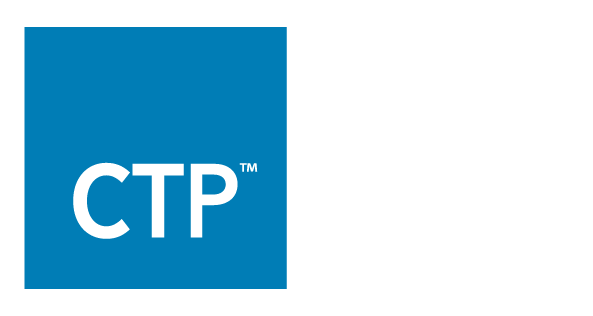Articles
CTP Exam Tips: Putting a Study Schedule Together
- By Jessica Ness, CTP
- Published: 5/11/2016

The following article was excerpted from the CTP Exam Preparation Blog. Visit the blog for more helpful tips on preparing for the CTP Exam.
The CTP is a certification that I've wanted to sit for, for years. So, when my employer approved the expense I was very excited. I ordered the AFP Treasury Learning System as I intended to self-study with no "in person" sessions.
When you get the materials and as you read all the recommendations online, it's all very overwhelming and can be difficult to determine where to start and how to put your study schedule together. I'm going to share what I did, based on personal study habits and a few recommendations from others.
If you order the AFP Treasury Learning System, then I would recommend printing out the flashcards and taping them to index cards. This takes a long time as there are a ton of flashcards, so I did this over a weekend, well in advance of the exam and before I started my official study schedule.
Setting a schedule
Next, it was time to make a study schedule. My goal was to take three months to study before the exam. I chose three months because that was the feedback I received about timing from some others that had taken the exam and have to say I agree with them, three months was perfect. The material stayed fresh and I didn't get burned out.
First things first, go online and schedule your exam. That way, you have a date and time set so that you can commit to a study schedule. The earlier you book the more options there are.
Read for at least an hour daily. This keeps the material fresh and top of mind. I set my alarm and got up every morning at 5:00 and committed that first hour of my day to studying.
Work on chapter/section flashcards for 30 minutes before bed. I really only did this at the end of the chapters and then worked through the flashcards more regularly in the last two to three weeks before the exam.
Complete the practice questions at the end of every chapter (books), and the practice exam at the end of every section (online). For any questions I got wrong, I printed the explanation as to why it was wrong so I could use those printouts to study from.
Don't forget to do the practice equations at the end of the chapter. These are separate from the actual practice exams but are extremely beneficial to get used to using the applicable equations.
Move on to the next chapter/section and do the same as above, but then retake the prior sections practice exam(s) again. For example, in Section 4, read the chapter(s) and complete the end-of-chapter quizzes, then go online and take the practice exam. Then take practice exams 1-3 again. By the time you take the exam you realistically should have taken each practice exam multiple times (at least four to six times each).
Last minute tips
Here are some final best practices to put in play two to three weeks before the exam:
- Print out your daily calendar and write in your study times to ensure you're getting at least one hour per day and then commit a certain amount of time over the weekends.
- Hang the equation flashcards all over your house. Most were on my bathroom mirror so I could continue to study while I got ready in the morning and in the kitchen so I could study while I made dinner.
- Retake all practice exams until you're consistently finishing > 80 percent on each.
- Separate the flashcards you know and the ones you get wrong to focus on the ones that you got wrong.
- Read through end of chapter quizzes (in order).
- Write out equations, multiple times, on one piece of paper as you will when tested.
Jessica Ness, CTP, is vice president, treasury management banker for First National Denver.
Copyright © 2024 Association for Financial Professionals, Inc.
All rights reserved.

